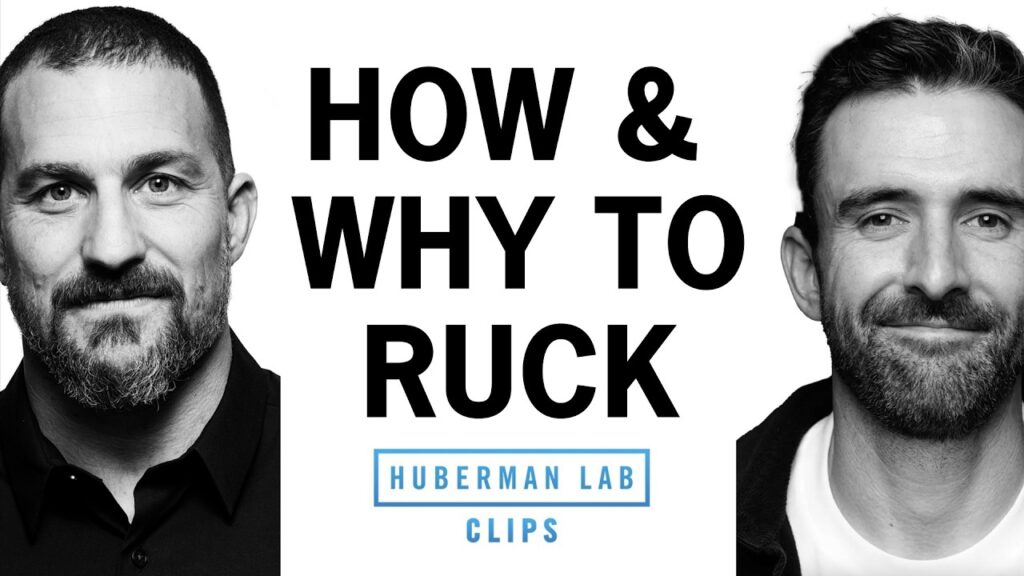Humans were built to move weight. Long before gyms and kettlebells, we carried survival on our backs: food, firewood, and the occasional unlucky animal we chased down. That’s what Dr. Andrew Huberman and author Michael Easter dig into when they talk about rucking—walking with weight. It’s a forgotten superpower still hardwired into our DNA.
Running gets all the attention, but carrying weight does something special. It fires up your heart like cardio while also building the kind of functional strength that lasts. Adding a weighted backpack can burn more calories per mile than walking or running alone. It’s also one of the best ways to get outside, clear your head, and train without beating up your joints.
Studies on backcountry hunters show just how effective it is. They drop fat while keeping muscle; the kind of slow-burn transformation that sticks. The reason is simple: rucking hits nearly every major muscle group while forcing your body to adapt to real-world load. It’s primal fitness done right.
If you’re starting out, go light. Women should begin with 5 to 20 pounds. Men should start with 10 to 30. Build from there by adding weight or distance each week.
Keep it under 50 pounds or one-third of your body weight to stay in the safe zone.
Rucking also pairs well with running. It strengthens your stabilizers, improves efficiency, and reduces injury risk. And just like in life or work, the hardest part is getting started. Once you push through that early resistance, the rhythm takes over.
Watch Michael Easter and Dr. Andrew Huberman explain why rucking might be the most underrated way to get lean and strong
Strap on a pack, hit the trail, and carry something heavy. Your ancestors did it to survive; you can do it to thrive.
Inspired by Dr. Andrew Huberman and Michael Easter’s conversation on rucking, weight loss, and strength. © Original content and research by Michael Easter and Andrew Huberman, PhD. Watch the full episode on YouTube.




